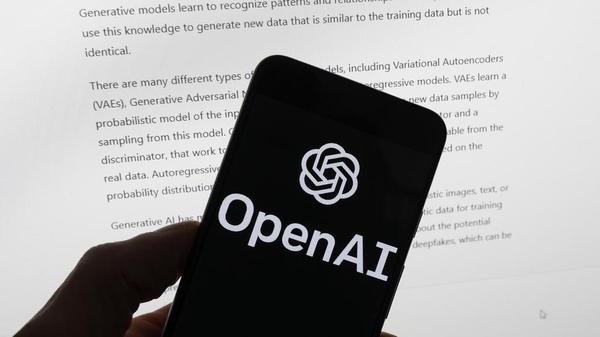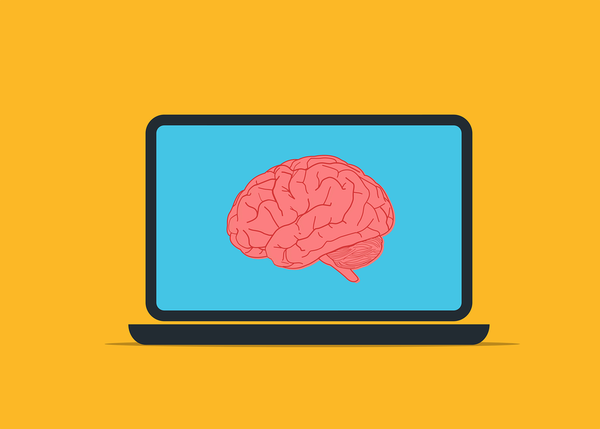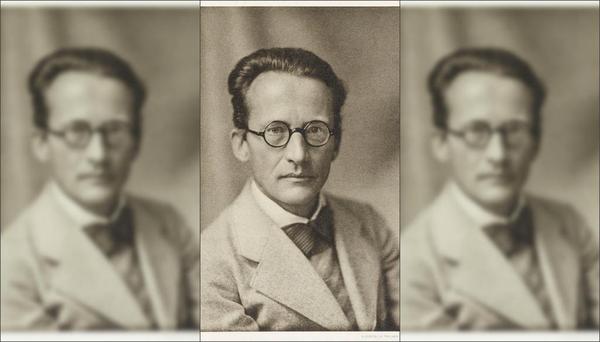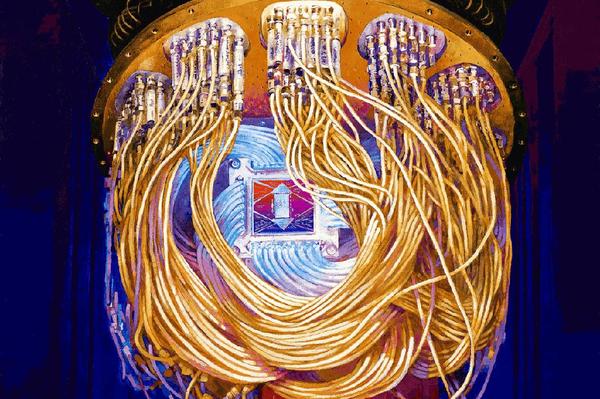The Hindu
•
30th March 2023
GPT-4 — a shift from ‘what it can do’ to ‘what it augurs’
Do you want help to prepare for the bar examination, plan a birthday party, or even translate Ukrainian to Punjabi? A single artificial intelligence (AI) model can do it all. A U.S. company, OpenAI, has once again sent shock waves around the world, this time with GPT-4, its latest AI model. This large language model can understand and produce language that is creative and meaningful, and will power an advanced version of the company’s sensational chatbot, ChatGPT.






















